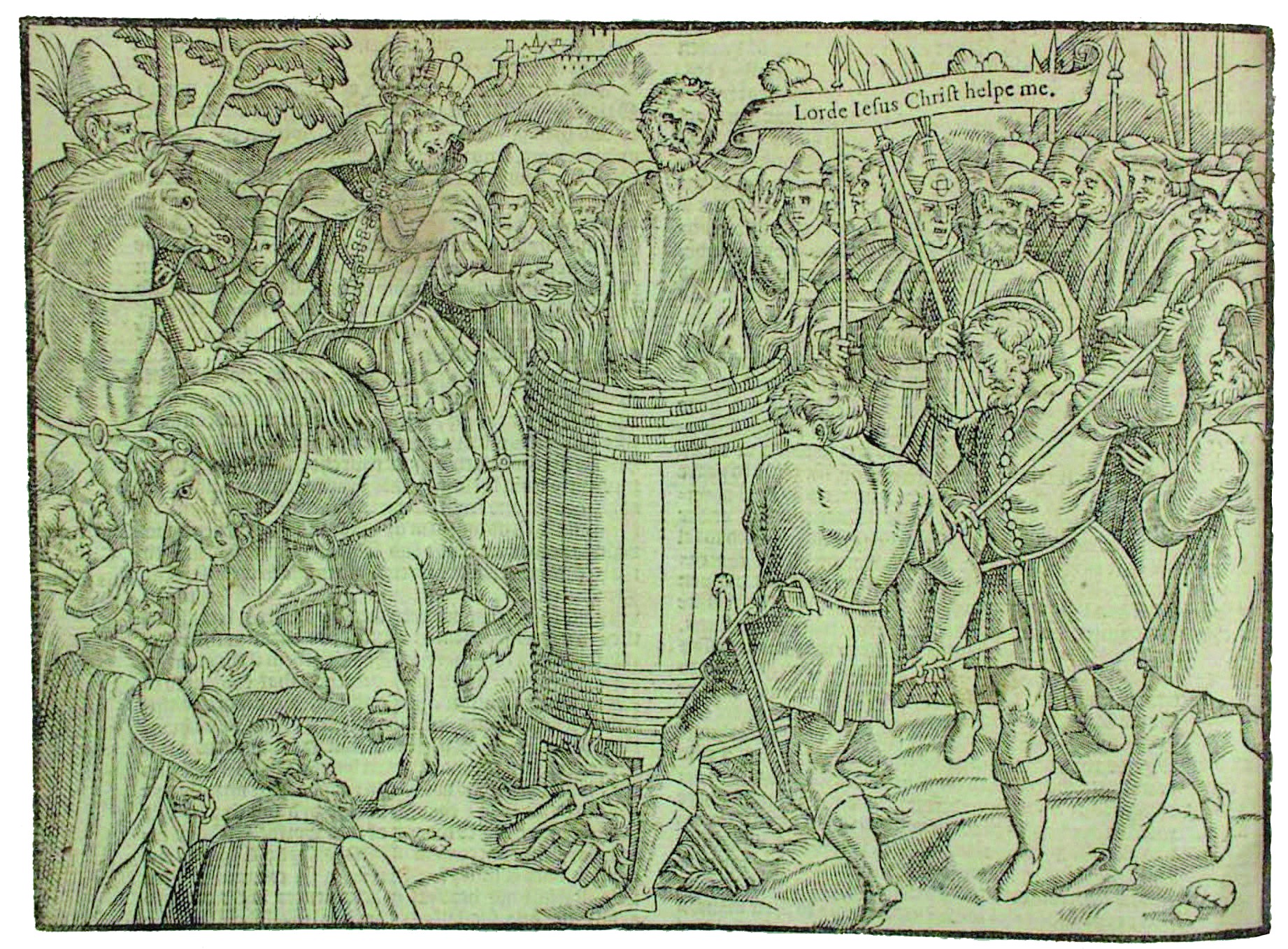
The Church and Christian beliefs exerted their influence on the administration of the law in medieval England in a number of significant ways. While this could potentially bring the Church and government into conflict with each other, in general, these two rival authorities were willing to work closely together in ways which served to be mutually beneficial.
The first way in which the Church influenced medieval crime and punishment was through the use of oaths in trials. These were used when conclusive proof of guilt was needed in a case but was difficult to establish. Oaths were a type of promise where someone would guarantee to tell the truth in a trial. They called on God to confirm that what was being said was true and, as such, they were usually sworn on either the Gospels or saints’ relics.
Your organisation does not have access to this article.
Sign up today to give your students the edge they need to achieve their best grades with subject expertise
Subscribe




